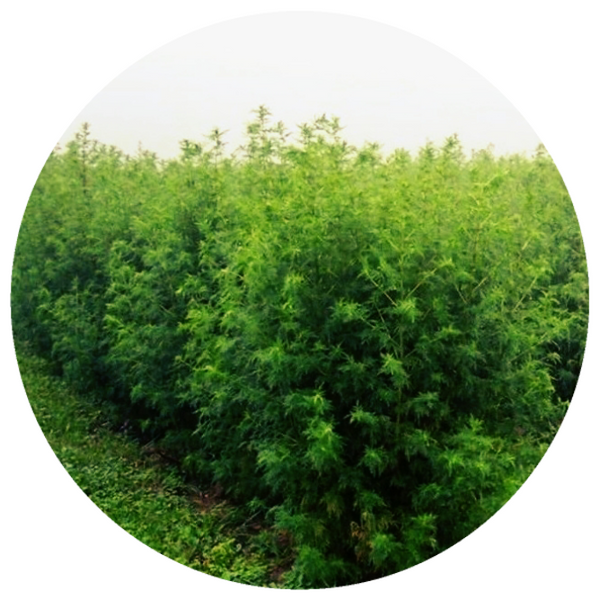
dracunculus (Garland and Stoltz 1980) and few other species. Tissue culture studies has been reported in A. The first flower buds appear by the end of January and seeds may be collected during the months of February and March. Davana is grown as a short tern crop from November to February, and as a ratoon crop extending upto April and May. The main chemical component of the oil was found to be Cis-davanone, and recently, seven other sesquiterpene ketones have been reported in the extract of Davana (Cesar A.N. Especially USA and Japan are showing an increasing interest for the oil, where it is used for flavouring cakes, pastries, tobacco and beverages. 147630.8 thousands earned by the export of nine different essential oils (Sudhir Jain 1987). During the year 1985-86 the Davana oil in India has earned a maximum of Rs. It is only in recent years Davana oil is getting a good export potential in India.


The oil is a brown viscous liquid with deep mellow, persistent rich fruity odour. pallens yields an essential oil known as ‘Oil of Davana’ used in high grade perfumes. The second type was tall with highly dissected leaves throughout and flowered late (Narayan et al., 1978). However, two distinct morphological types have been recorded, one with short stature having entire leaves at the base and somewhat dissected ones in the upper half portion and flowers early. Significant genotypic differences have been reported in Davana with regard to plant height and percent oil content in the herbage (Farooqi et al., 1990). The plant is an annual erect branched herb, 40 to 60 c.m tall with leaves that are small and much divided bluish green and under-surface being pale in colour. The exquisite and delicate scent of Davana leaves is agreeable and welcome to everyone.

It is a traditional herb prized for its fragrant leaves and flowers used in floral decorations and for worship in temples (Anonymous, 1985). Artemisia pallens, is an aromatic plant of the family Asteraceae commonly known as ‘Davana’ whose cultivation has been confined to South India only.


 0 kommentar(er)
0 kommentar(er)
